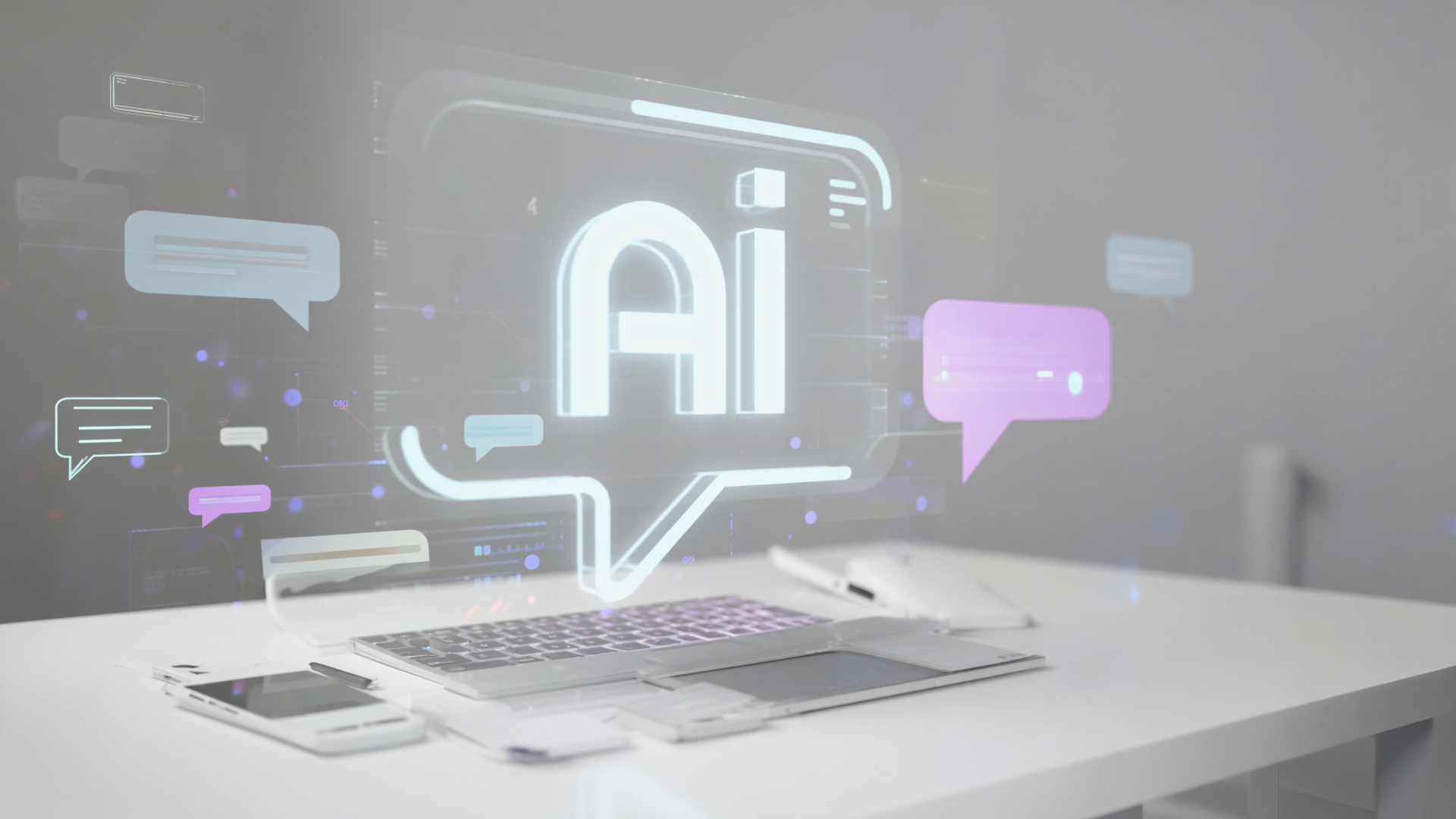
Speaking LLM
Speaking LLM: Exploring the New Frontier of Context-Aware Generation
Introduction
In the rapidly evolving landscape of artificial intelligence, Language Learning Models (LLMs) have played a pivotal role in redefining how machines understand and generate human language. While Retrieval-Augmented Generation (RAG) has been a significant breakthrough, a new technique called Context-Aware Generation (CAG) is garnering attention for its potential to enhance LLM capabilities. This article delves into the intricacies of CAG, comparing it with RAG, and exploring its industry applications, future implications, and challenges.

Key Points and Analysis
Machine learning in life insurance primarily aims to optimize and streamline various processes that are traditionally time-consuming and prone to human error. Here are some key areas where ML is making a significant impact:
The Challenges of RAG
RAG combines the strengths of retrieval mechanisms with generative models to improve the relevance and accuracy of generated responses. Despite its success, RAG faces challenges such as dependency on large-scale databases, latency in retrieving relevant information, and technical complexity in integrating retrieval into the generation process. These challenges often lead to bottlenecks in real-time applications where speed and context relevance are critical.
What is CAG?
Context-Aware Generation (CAG) emerges as a promising alternative by eliminating the retrieval component, thereby simplifying the workflow. CAG focuses on pre-loading contextual information directly into the model, allowing it to generate responses with a deeper understanding of the context at hand. This approach not only enhances efficiency but also ensures that the model's outputs are more aligned with nuanced user requirements.
Why is CAG Retrieval-Free?
Unlike RAG, which relies on external databases to fetch information, CAG embeds contextual knowledge within the model's architecture. This retrieval-free nature reduces latency and computational overhead, making it suitable for applications where speed and responsiveness are paramount. By integrating context directly, CAG models can generate more coherent and contextually aware responses without the need for real-time data retrieval.
How Does CAG Preload Context?
CAG utilizes a pre-loading mechanism where relevant context is embedded into the model during the training phase. This can involve training on larger and more diverse datasets or using advanced techniques to simulate contextual understanding. The pre-loading strategy ensures that the model is primed with a comprehensive understanding of potential queries, enabling it to produce contextually relevant outputs without external data fetching.
Comparison of Workflows: RAG vs. CAG
In comparing RAG and CAG, the workflow of CAG is notably streamlined due to the absence of retrieval steps. RAG requires continuous interaction with databases, which can introduce delays and complexity. In contrast, CAG's pre-loaded context means it can generate responses instantly, offering a smoother and more efficient user experience. However, the trade-off lies in the need for extensive training to ensure the model's context is sufficiently comprehensive.
Industry Impact and Applications
CAG's introduction is poised to impact various industries significantly. In customer service, for instance, CAG can facilitate instantaneous, context-aware interactions, enhancing customer satisfaction and operational efficiency. In educational platforms, CAG can provide personalized learning experiences by understanding and adapting to individual learner contexts. Moreover, in creative industries, CAG can support content creation that is both innovative and contextually relevant.
Future Implications
As CAG continues to develop, its implications for the future of AI are profound. The simplification and efficiency of CAG could lead to broader adoption across industries, driving innovation in AI applications. However, the success of CAG will depend on advancements in training techniques and the ability to embed comprehensive context without overwhelming computational resources.

Conclusion
Context-Aware Generation represents a significant step forward in the evolution of language models. By addressing the limitations of RAG and offering a streamlined, retrieval-free approach, CAG holds the promise of transforming how AI understands and generates language. As research and development in this area continue, the potential for CAG to revolutionize industry practices and enhance AI capabilities becomes increasingly tangible. Embracing this new frontier will require ongoing collaboration among researchers, practitioners, and industry leaders to unlock its full potential and address underlying challenges.
aecenas sollicitudin purus id leo vehicula lacinia quam vulputate dapibus fermentum metus, nec euismod nulla dapibus nasac metus nunc rabitur euntum




